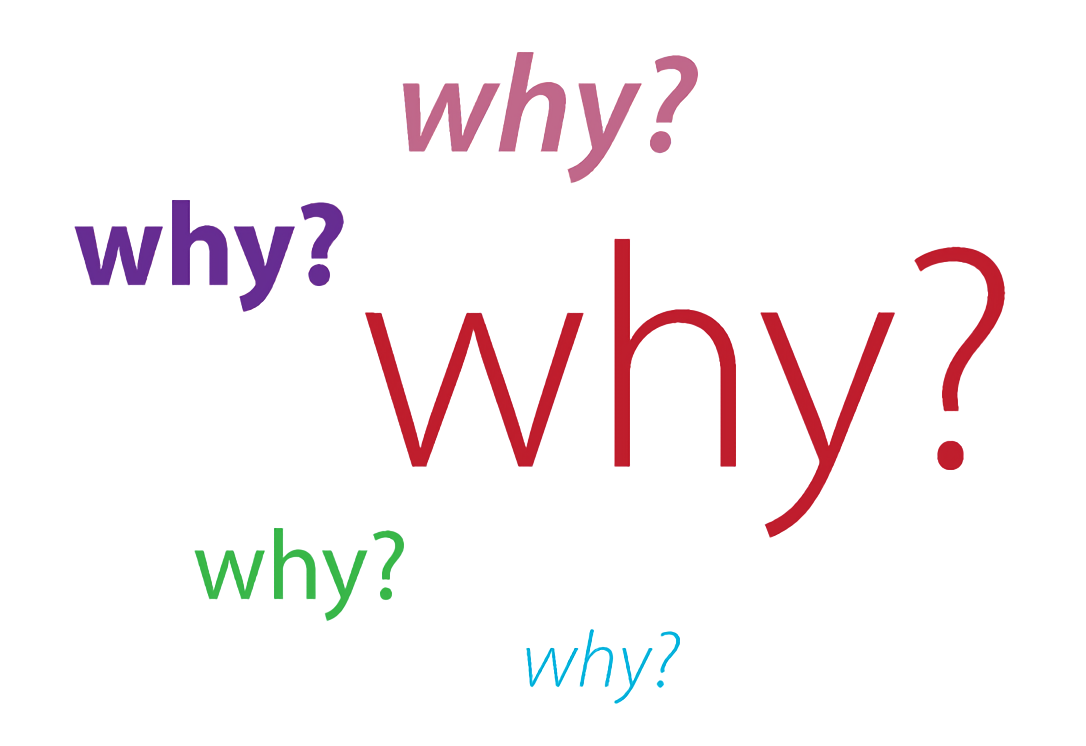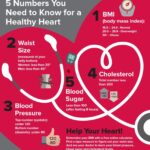The Science Behind Why Food Tastes Better When You're High

Introduction: The Fascination with Enhanced Taste
Many people report that food tastes exceptionally good after consuming cannabis. This phenomenon, commonly dubbed the “munchies,” goes beyond mere appetite stimulation. Understanding why food tastes better when you’re high involves exploring the intricate relationship between cannabis, brain chemistry, and the senses. This article unpacks the science, offers practical advice for mindful enjoyment, and examines the real-world implications of heightened sensory experiences.
The Endocannabinoid System: Your Body’s Taste Amplifier
The key to understanding why food tastes so much better high lies in the endocannabinoid system (ECS) . The ECS is a complex network of receptors throughout your body, playing a vital role in regulating mood, appetite, pain, and sensory perception. THC, the primary psychoactive compound in cannabis, binds to CB1 receptors in the brain, particularly those involved in emotion, sensory integration, and appetite control [1] . When THC activates these receptors, it can trigger a cascade of effects that make eating more appealing and pleasurable.
Heightened Senses: Smell and Taste Under THC
One of the most important reasons food tastes better when you’re high is the amplification of your senses . Research indicates that THC can increase sensitivity to both smell and taste . A pivotal 2014 study found that THC enhances the function of the brain’s olfactory bulb , which is responsible for scent detection [2] . Since smell and taste are closely linked, an enhanced sense of smell can make flavors seem more intense and enjoyable. This means even simple foods can seem irresistibly delicious when you’re high [3] .

Source: fogwing.io
Dopamine and the Pleasure Principle
Another factor is the release of dopamine , the brain’s “feel-good” neurotransmitter. When you eat, especially calorie-rich or sweet foods, your brain naturally releases dopamine, causing feelings of pleasure and satisfaction. THC can further amplify this effect, making the act of eating while high not only more flavorful but also more rewarding on an emotional level [4] . This explains why eating while high can feel almost euphoric for some people.
The Role of Appetite Hormones: Ghrelin and Hunger
The “munchies” aren’t just in your head-they are chemically induced. THC stimulates the release of ghrelin , a hormone that signals hunger to your brain [1] . This not only increases your desire to eat but can also intensify the pleasure gained from eating. People often find themselves drawn to highly flavorful, calorie-dense foods, leading to the classic binge-eating episodes associated with being high [5] .
Real-World Examples and Anecdotes
Many cannabis users describe the experience of eating while high as transformative. For instance, a simple snack like popcorn or a slice of pizza can become an unforgettable culinary event. Some people even report that they experiment with unusual flavor combinations-such as peanut butter and pickles-finding them surprisingly delicious. These experiences are supported by both scientific literature and widespread anecdotal evidence, illustrating just how powerful the sensory enhancement can be [4] .
Practical Guidance for Mindful Enjoyment
If you want to maximize the enjoyment of food while high and avoid overindulgence, consider these steps:
- Choose a variety of foods with different textures and flavors to fully experience the sensory amplification.
- Practice mindful eating: focus on each bite, savoring the taste, aroma, and mouthfeel.
- Prepare healthy snacks in advance, such as fruit, nuts, or whole-grain crackers, to avoid consuming excessive junk food.
- Stay hydrated, as cannabis can also make you thirsty.
- Listen to your body’s natural signals to avoid overeating, which can lead to discomfort.
For those with specific dietary needs or health concerns, consulting a registered dietitian or healthcare provider before combining cannabis and eating is recommended. If you’re curious about medical uses, search for state health department resources or speak with a licensed medical professional for up-to-date guidance.

Source: digitalbloggers.com
Alternative Approaches and Considerations
It is possible to enjoy enhanced food experiences without cannabis. Techniques such as engaging in mindful eating, experimenting with herbs and spices, or creating a relaxed dining atmosphere can also heighten sensory appreciation. However, the unique interaction of THC with the endocannabinoid system is currently unmatched by other methods in terms of sensory amplification. For those who choose not to use cannabis, focusing on culinary creativity and mindful practices can still provide a rewarding eating experience.
Potential Challenges and Solutions
While eating while high can be enjoyable, there are potential challenges:
- Overeating: The increased appetite and pleasure from food may lead some people to binge-eat, which can cause digestive discomfort or long-term health issues. Solution: Prepare portion-controlled snacks and eat slowly.
- Unhealthy Food Choices: The craving for salty, sweet, or high-calorie foods can undermine nutrition goals. Solution: Stock your kitchen with healthy alternatives and plan meals in advance.
- Impaired Judgment: Lowered inhibitions may lead to risky food behaviors, like trying unfamiliar or allergenic foods. Solution: Be mindful of allergies and dietary restrictions, even while high.
Summary and Key Takeaways
The combination of THC’s effects on the endocannabinoid system, dopamine release, and heightened sensory perception dramatically amplifies the taste and enjoyment of food when high. These changes are grounded in well-established neuroscience, hormonal responses, and centuries of anecdotal evidence. To get the most from this experience, it’s important to approach eating while high with mindfulness, moderation, and a focus on overall well-being. If you seek more information about the latest scientific developments in this area, consult official health sources, recent academic journals, or recognized cannabis education platforms.
References
- [1] Royal Queen Seeds (2022). Why Does Food Taste Better High?
- [2] Benzinga (2022). Munchies Explained: Why Does Food Taste Better High?
- [3] Weedmaps (2023). Why does weed make you hungry? Munchies explained.
- [4] Mission Organic Center (2025). Why Does Food Taste Better High?
- [5] Atrium Store. Why Food Tastes Better When You’re High.






